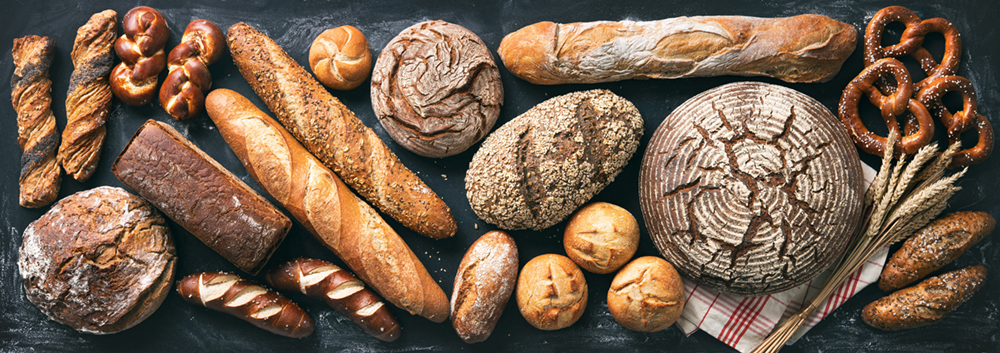THE TRUTH ABOUT BREAD, Long Island Registered Nutritionist helps you choose the best breads for your diet plan
Despite its widespread popularity, bread is often characterized as unhealthy, harmful, and fattening. Regardless of what you have heard or read, “bread is not the enemy”.
The popularity of the low-carb diet has made bread (and carbs in general) something of a villain — a food to be avoided if you want to lose weight. But these one-size-fits-all programs are not based on science or evidence – their only goal is quick but usually unsustainable weight loss. Health and wellness are not relevant for these fad diets. The fact is that healthy breads can not only be part of a weight loss plan but can also promote health.
The most nutritious and healthiest breads are those that contain the whole grains and are therefore high in fiber. You may want to follow dietitian-approved guidelines to be sure you are selecting the healthiest bread possible.
Do not be fooled by claims like 7-grain or multi-grain. What may sound healthy may be nothing more than enriched flour. To be sure you are getting the fiber, you need to understand and read the ingredient label.
100% Whole Grains: This indicates that a bread’s flour is made from the entire grain kernel—the bran, endosperm, and germ. Refined grains, such as white flour, contain only the endosperm. The bran and germ are where most of the healthy botanicals – antioxidants, B vitamins, fiber, and other nutrients – are found.
Whole Grain and Whole Wheat: Whole-wheat bread is made with whole-wheat flour. Whole-grain bread can also include other types of grains, such as oats, brown rice, and barley. If the bread is 100 percent whole grain, the two types are equally nutritious.
100% Whole Grain Stamp: This means that all the bread’s grain ingredients are whole grain, and it has at least 16 grams of whole grains per serving. A 50%+ stamp means at least half are whole grains, and a stamp without a percentage means less than half are whole grains.
Made With Whole Grain(s): This phrase can be confusing—especially when “made with” appears in small print—because the bread may still contain mostly refined grains, which aren’t as nutritious as whole grains.
Multigrain: This indicates a bread with more than one type of grain, but you won’t know how many—or whether they’re refined or whole—based on those words alone.
21 Whole Grains and Seeds: How many types of whole grains a bread has matters less than where they appear in the ingredients list. Look for whole grains toward the top, which means they’re a main ingredient. If they’re buried far down on the label, they may just be sprinkled in or added as a topping.
As a registered dietitian nutritionist who loves bread, I believe that reaching and sustaining weight loss goals must include favorite food traditions in a weight loss plan. Beware of fast-track diet plans that sell quick results. Developing healthy eating behaviors that incorporate favorite flavors, modifying the way we shop and eat, are all pieces of losing weight and keeping the weight off. The healthiest breads I recommend are:
- Ezekiel 4:9 or sprouted whole grain breads
- Dave’s killer Breads, 21 whole grains and seeds, thin-sliced or regular slice
- The Baker 9-Grain Bread



